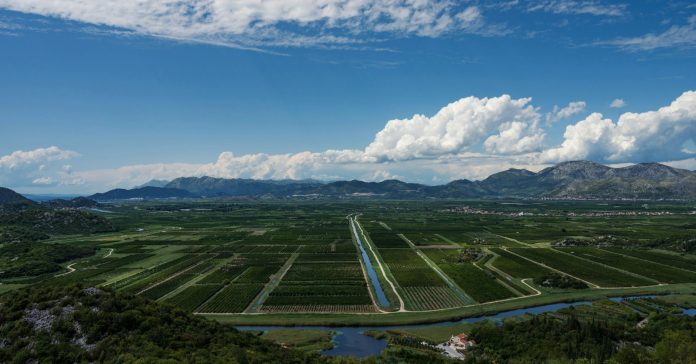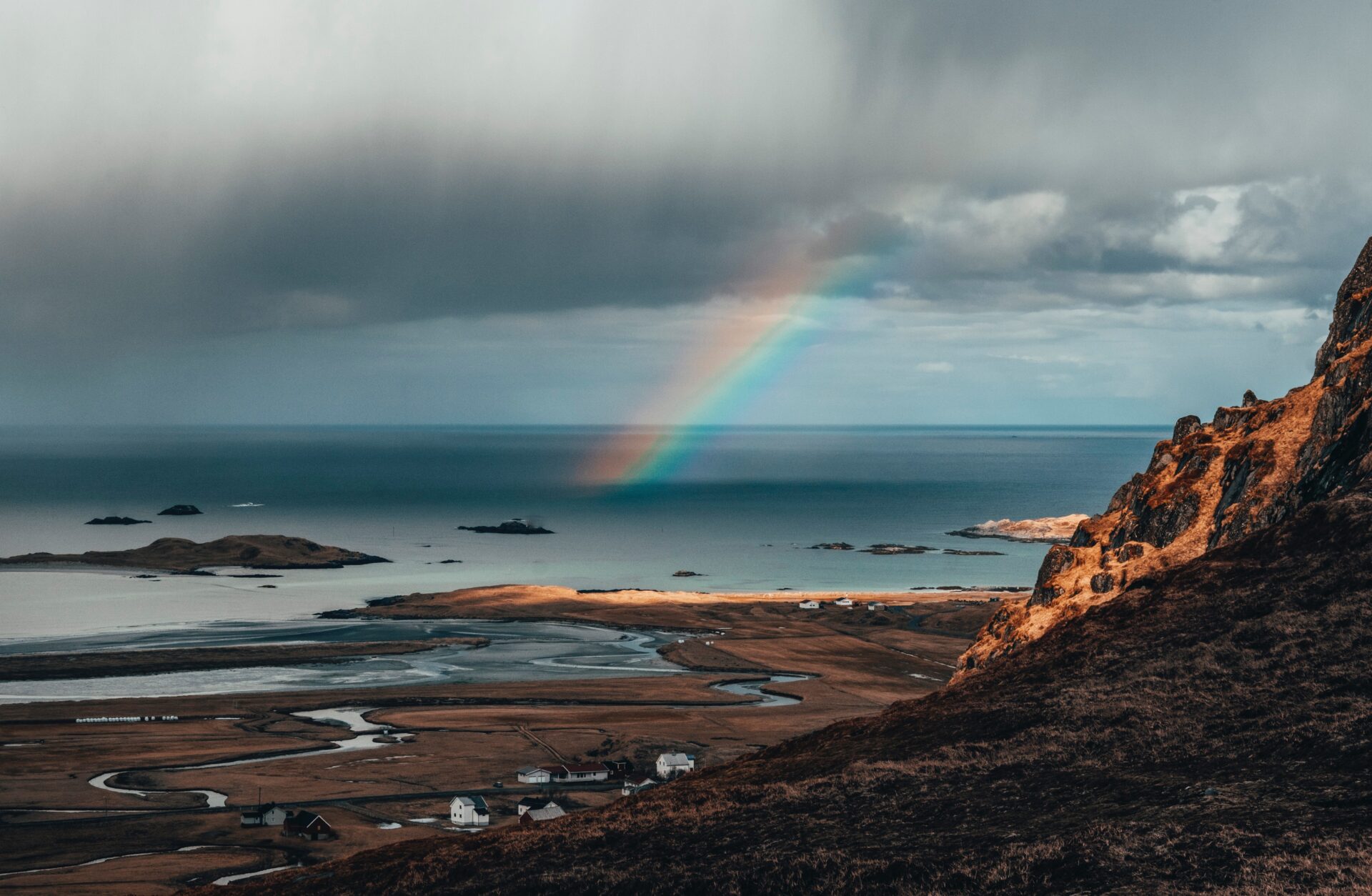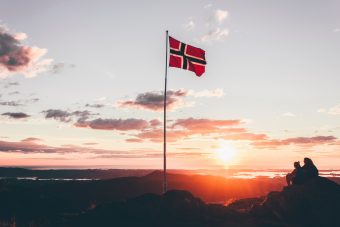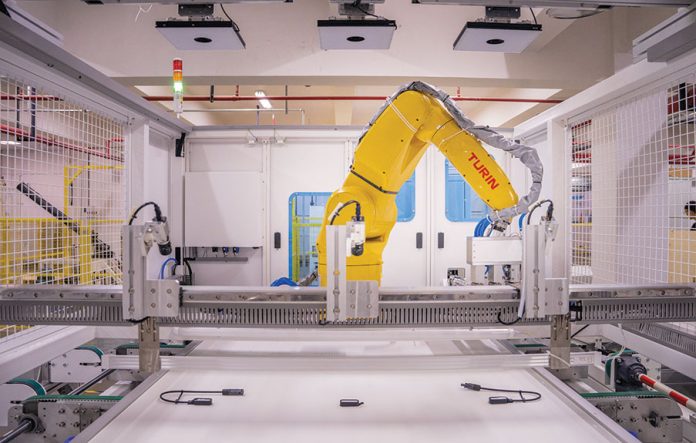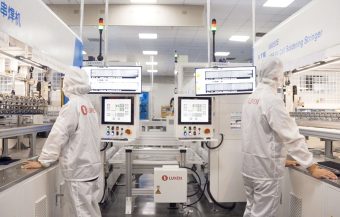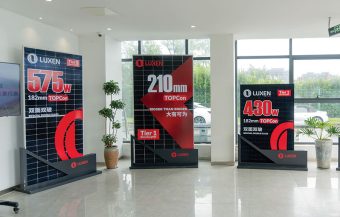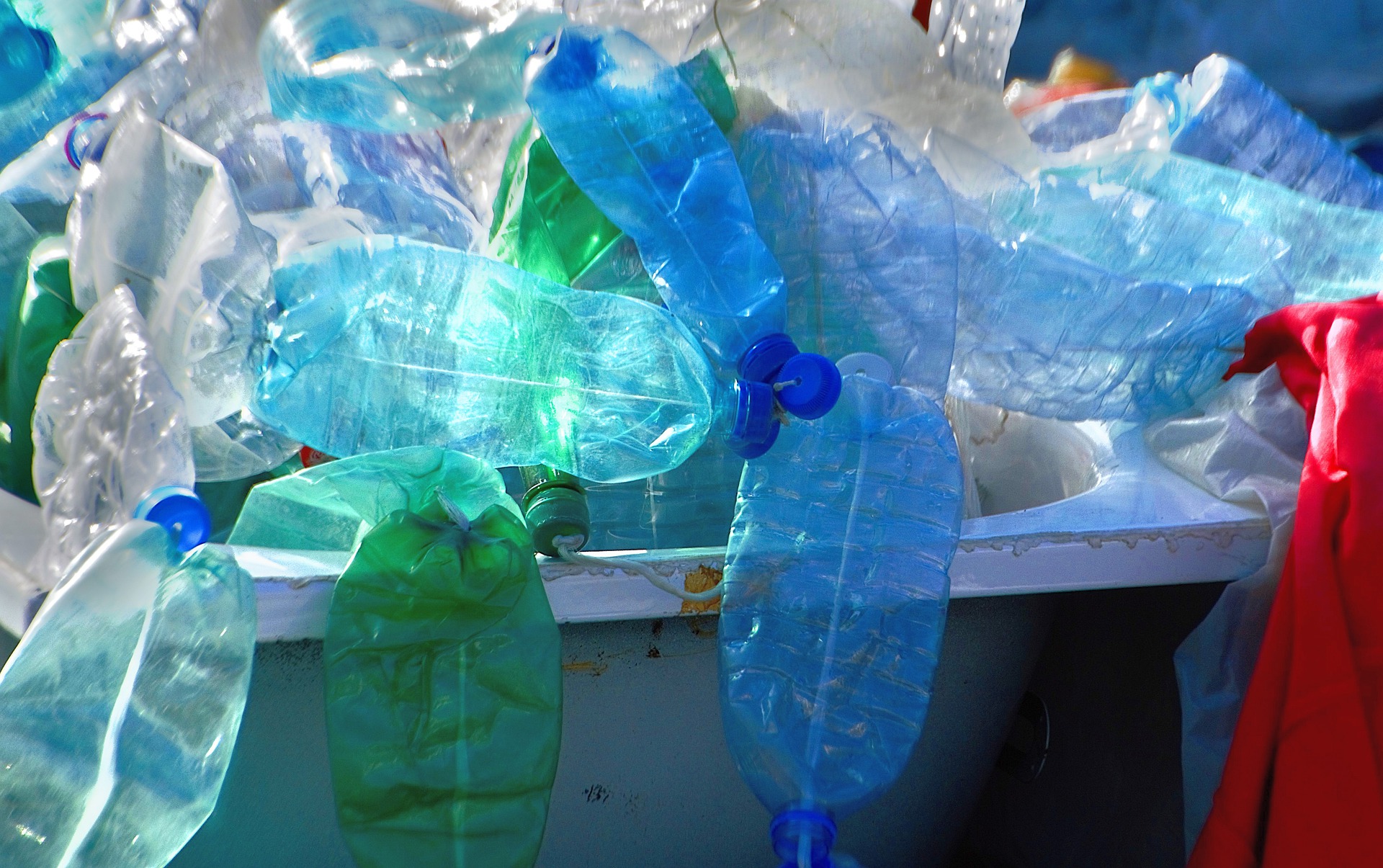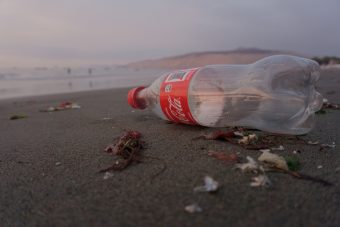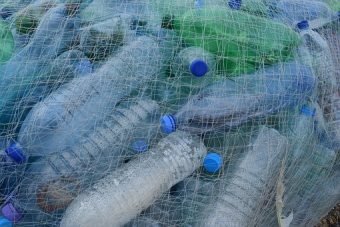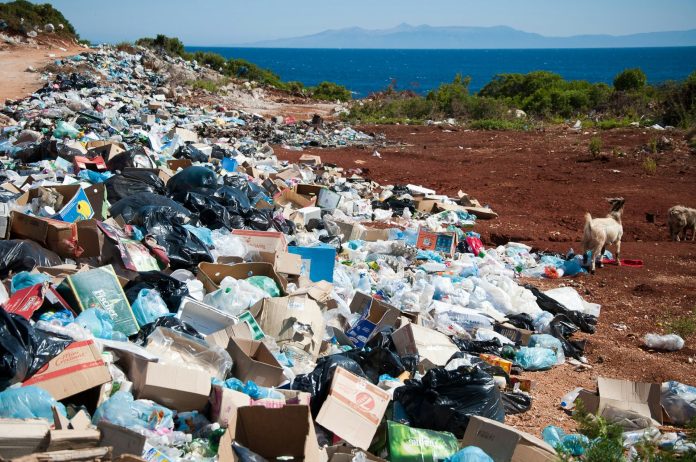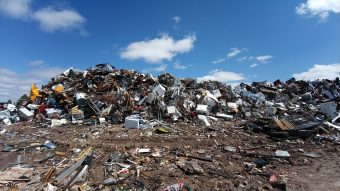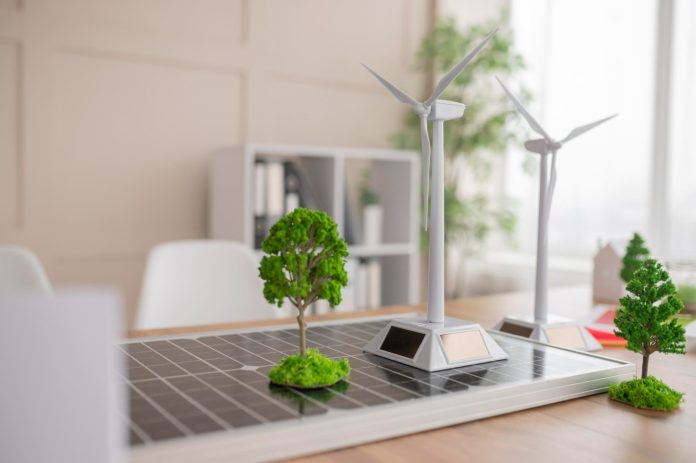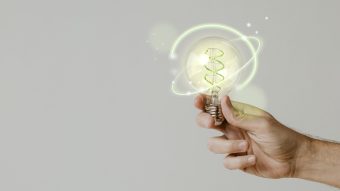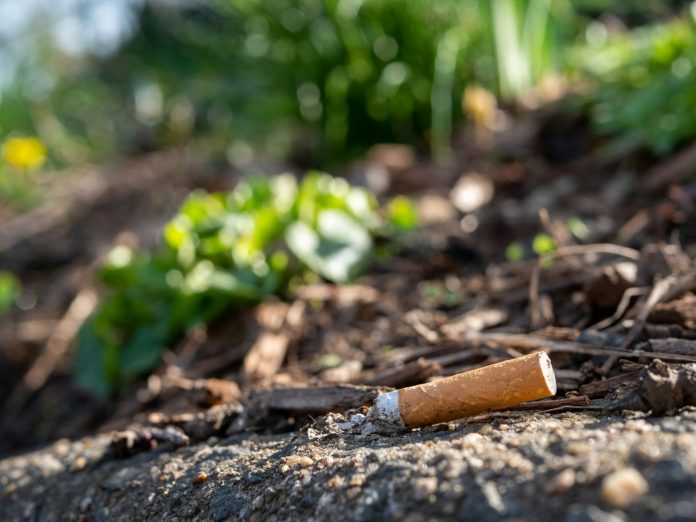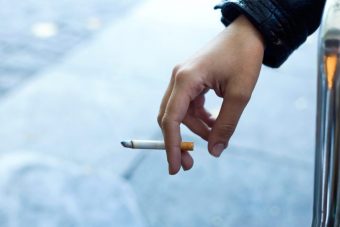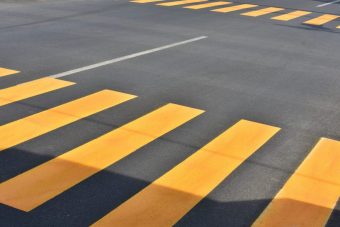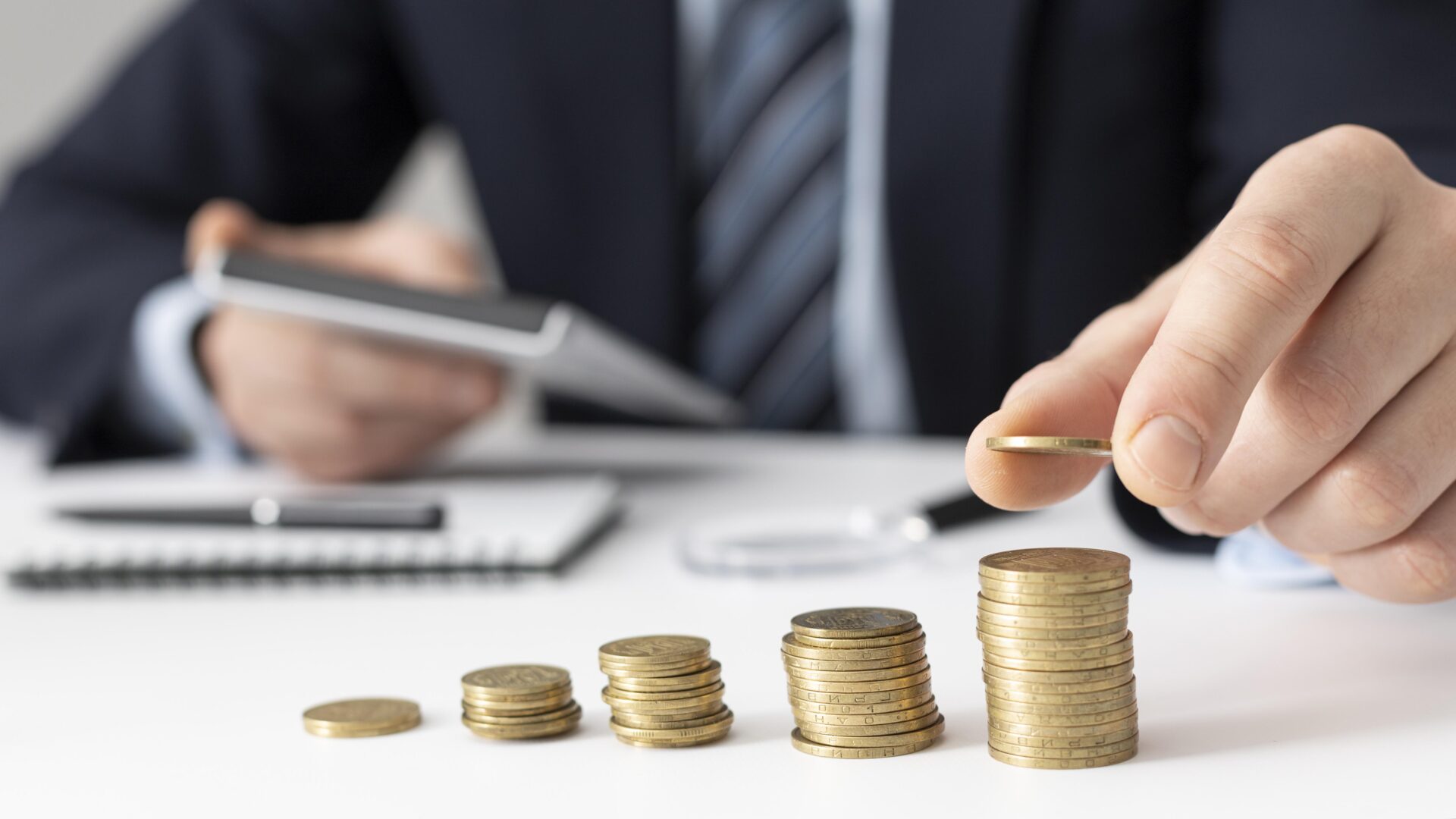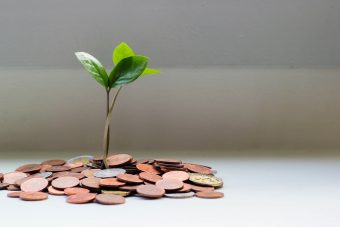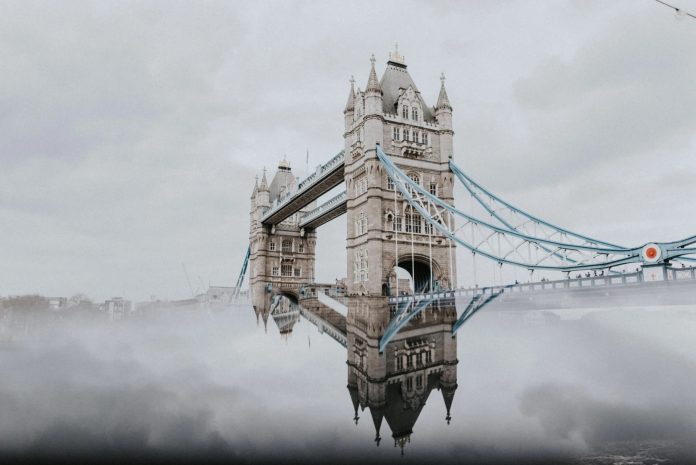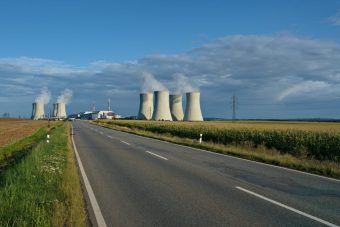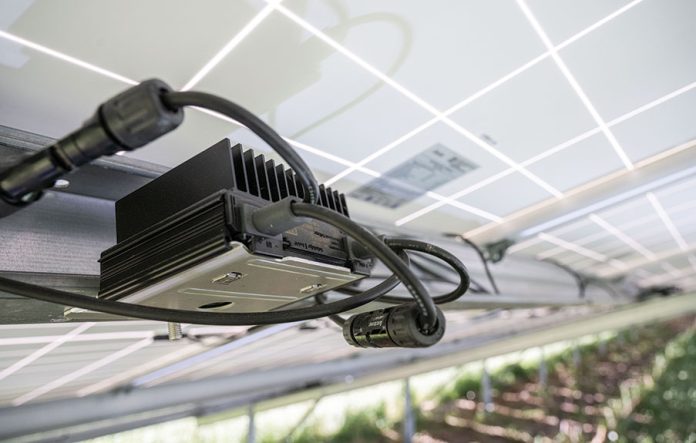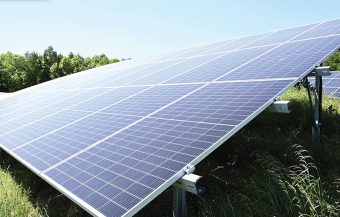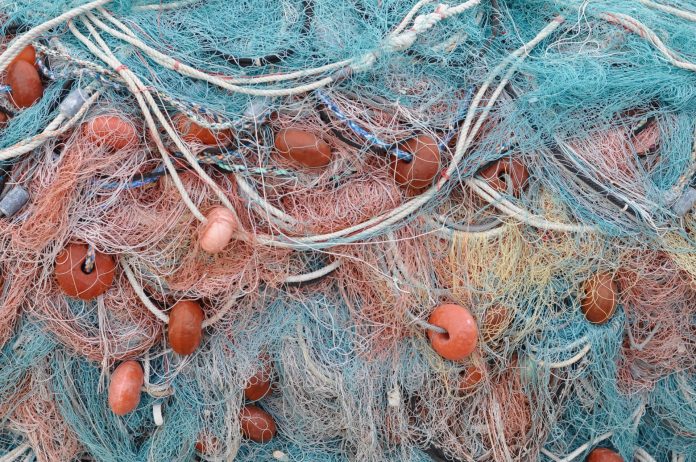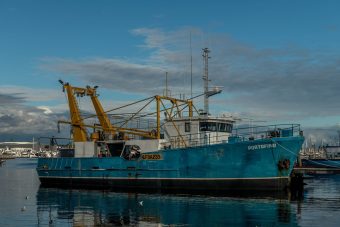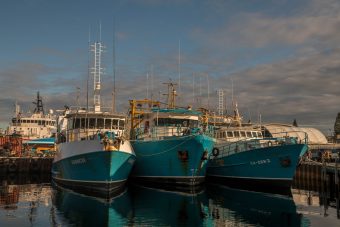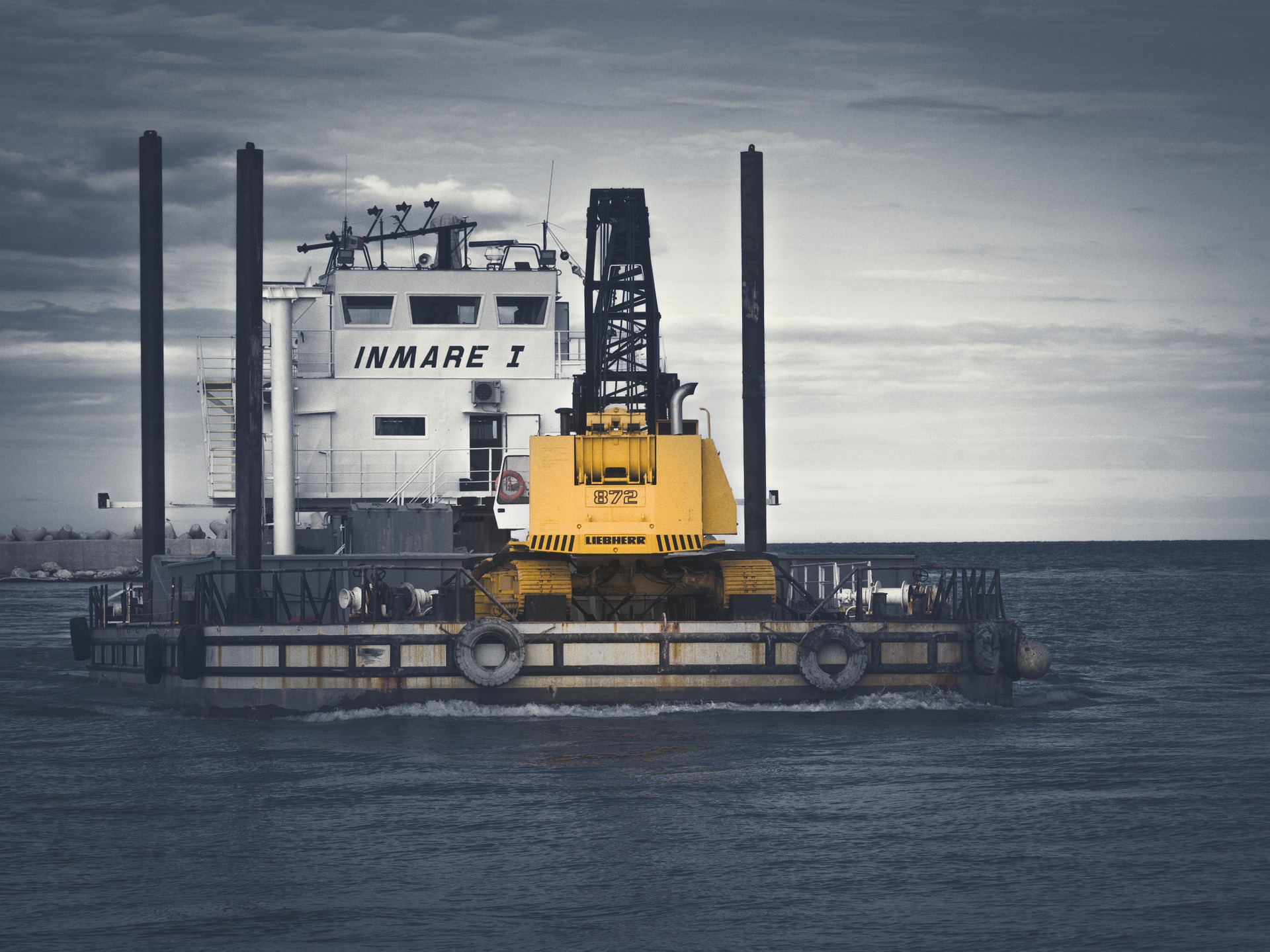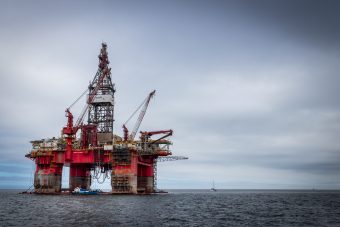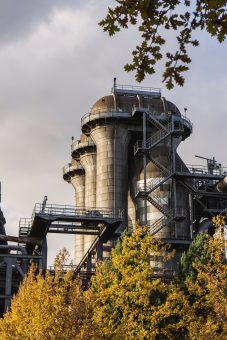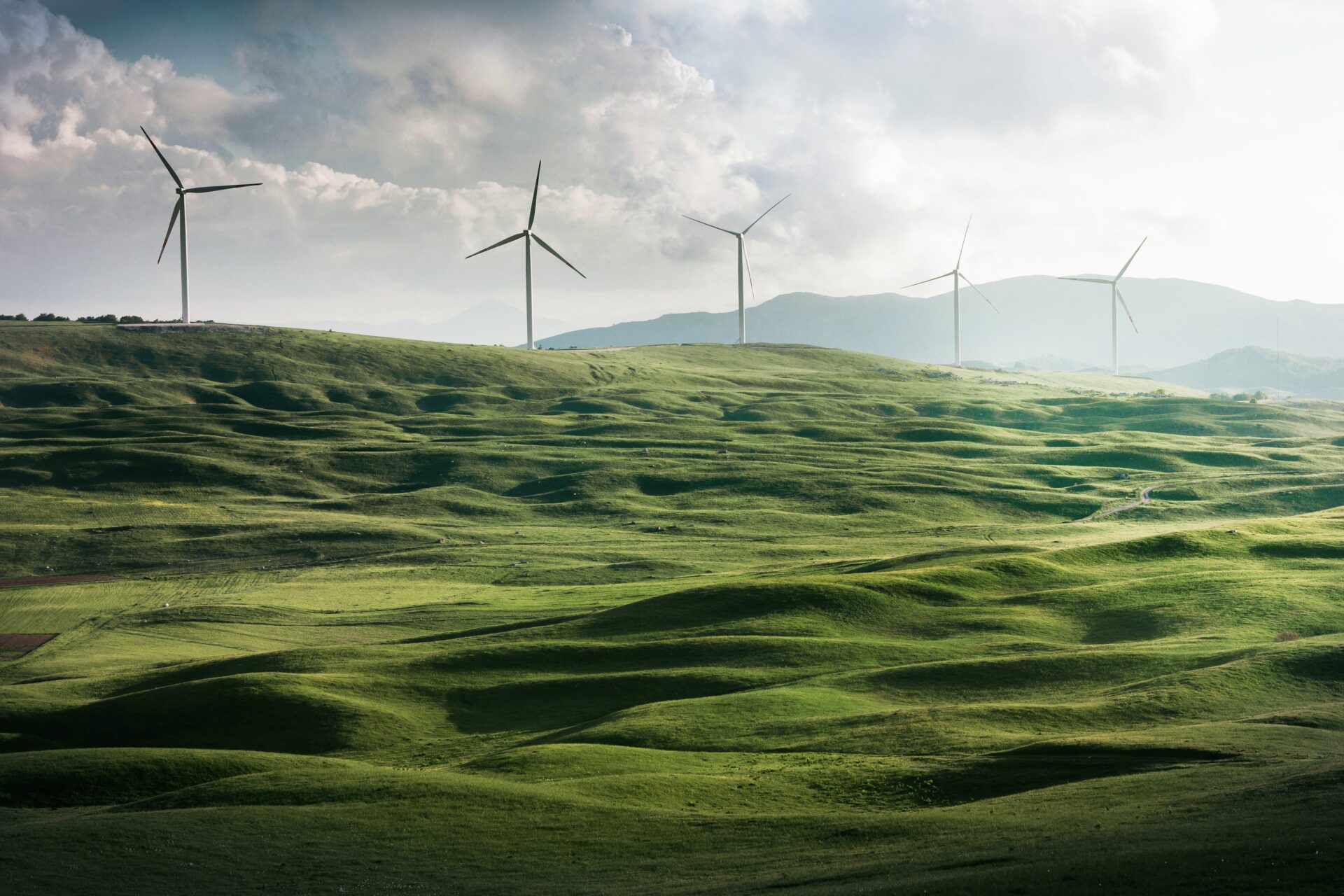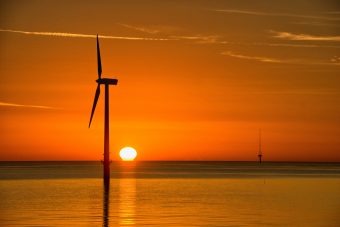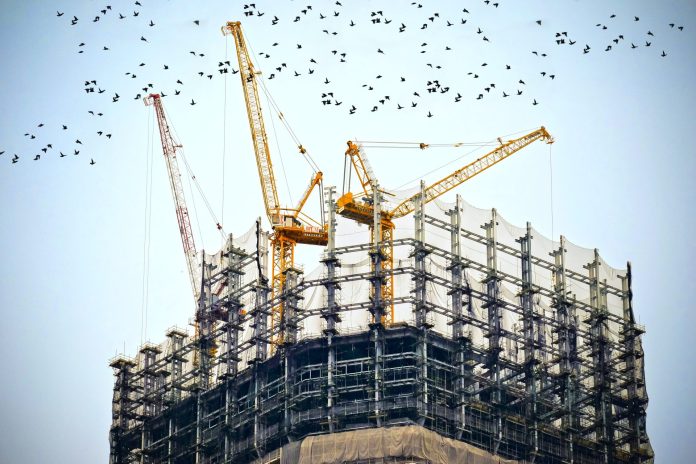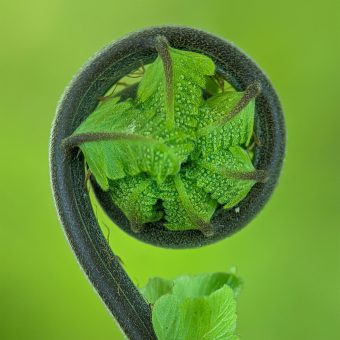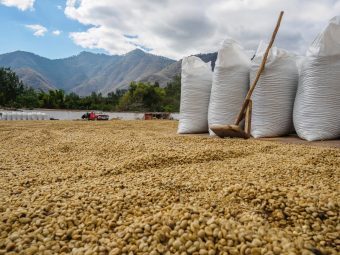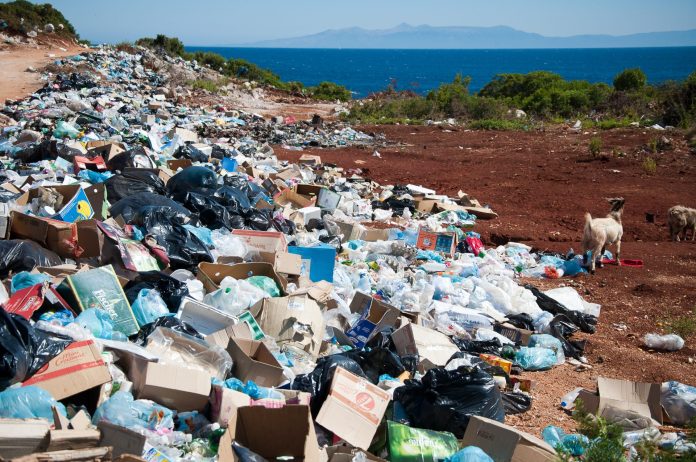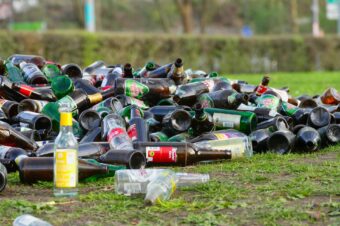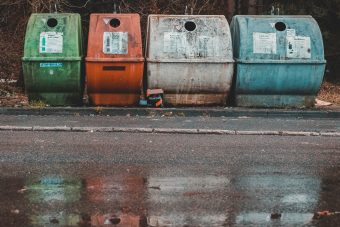
The Minister of Agriculture, Forestry and Water Management of North Macedonia, Ljupčo Nikolovski, the Ambassador of the Kingdom of Spain, H.E. Jose Luis Lozano Garcia and representatives of the consulting company Globatek signed a contract stipulating the implementation of a large-scale project related to irrigation of agricultural land.
Previously, on January 9, 2024, the Government of North Macedonia adopted the decree proposed by the Ministry for the provision of grant funds for drafting a technical study for the integration of floating photovoltaic plants into the national irrigation grid. The signing of the aforementioned agreement followed the decree’s adoption on January 9.
Minister Nikolovski says that the grant comes from the financial support available under the auspices of the European plan for recovery, transformation and resilience, which is supported by the Ministry of Industry, Trade and Tourism of Spain, in the amount of 765,158.00 euros.
As stated on the Ministry’s website, the implementation of the planned activities is divided into several phases. The first phase envisages finding locations for the installation of floating photovoltaic plants. The second phase includes drafting a project and feasibility study, while the third phase envisages the development of project proposals for the installation of floating photovoltaic plants.
More:
- WHY DON’T SOLAR PANELS WORK AS WELL IN HEATWAVES?
- SOLAREDGE FROM THE POINT OF VIEW OF THE INSTALLER
- FARMLAND – HOME TO SOLAR PANELS AND CROPS
The Minister pointed out that this type of technology, along with the installation of floating photovoltaic devices, is already being used in several European countries, such as Spain and Belgium. Floating solar power plants are mainly used in the irrigation sector and managed by companies. This allows the agricultural sector to be more self-sufficient and sustainable.
He added that thanks to this project, the Ministry continued to invest in the development and modernization of the national agricultural irrigation system, thus directly helping each farmer.
Investing in water supply facilities is one of the key priorities in the Ministry’s work, with new dams and irrigation systems being built with both state and EU funds.
Energy Portal

